15 Scandinavian living rooms – transform your home with Nordic design principles
Boost your feeling of wellbeing with the pared-back design of Scandinavian living room interiors
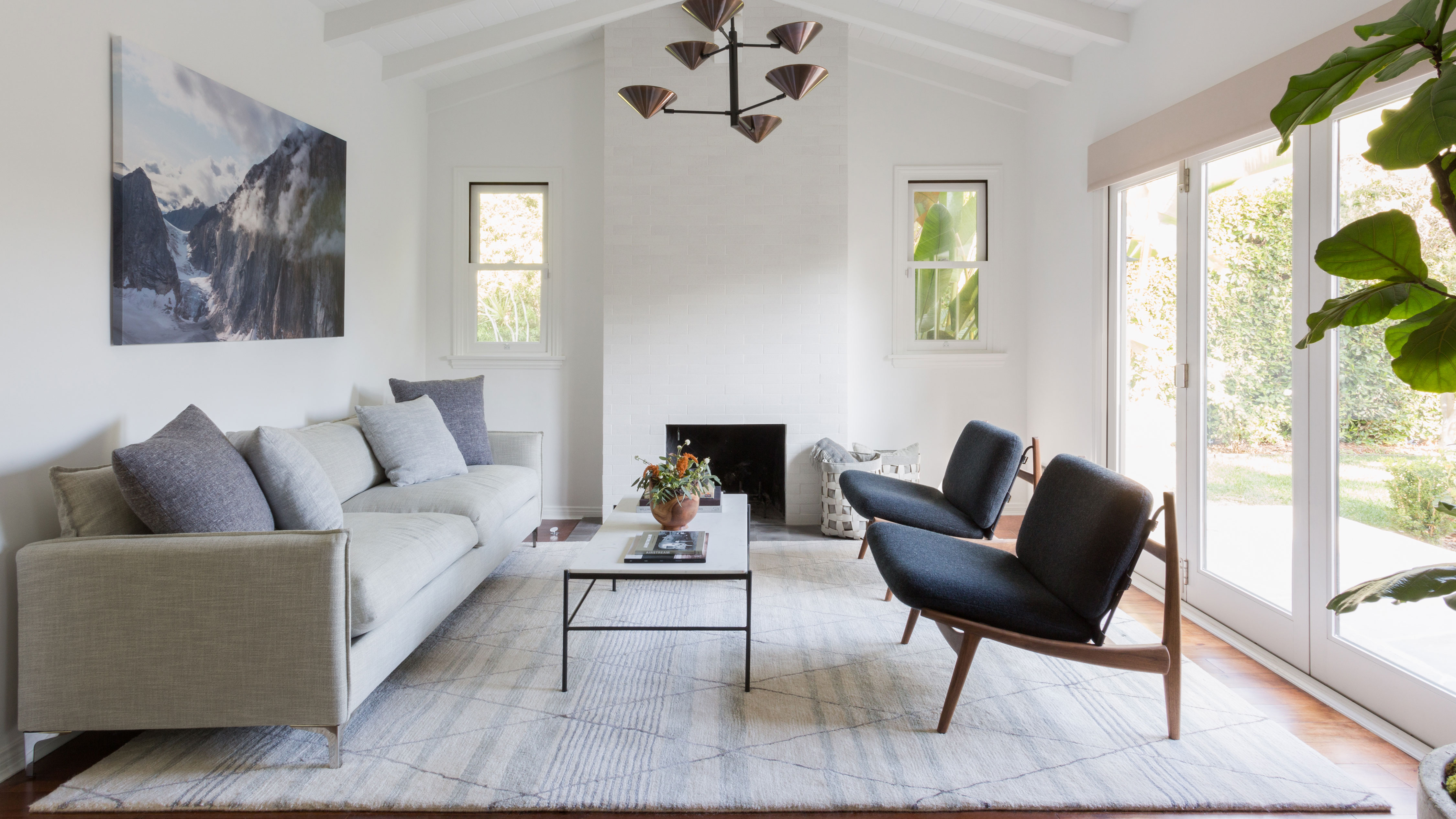

Pippa Blenkinsop
Scandinavian living room design is distinctive for several reasons: pared-back, unfussy, uncluttered spaces – and a winning combination of form and function create aesthetically pleasing, yet practical interiors.
After all, where better to while away long, bright summer days or dark, cold winter evenings then surrounded by the clean lines, comfort, and simplicity of a Scandinavian living room?
Scandinavian living rooms
With busy modern lives, more and more homeowners aim to find a balance between minimalism and luxury for their living room ideas. Adopt Scandinavian design principles to create a space that is focused, functional, and features only a few meaningful and cherished items.
1. Embrace an open-plan living space
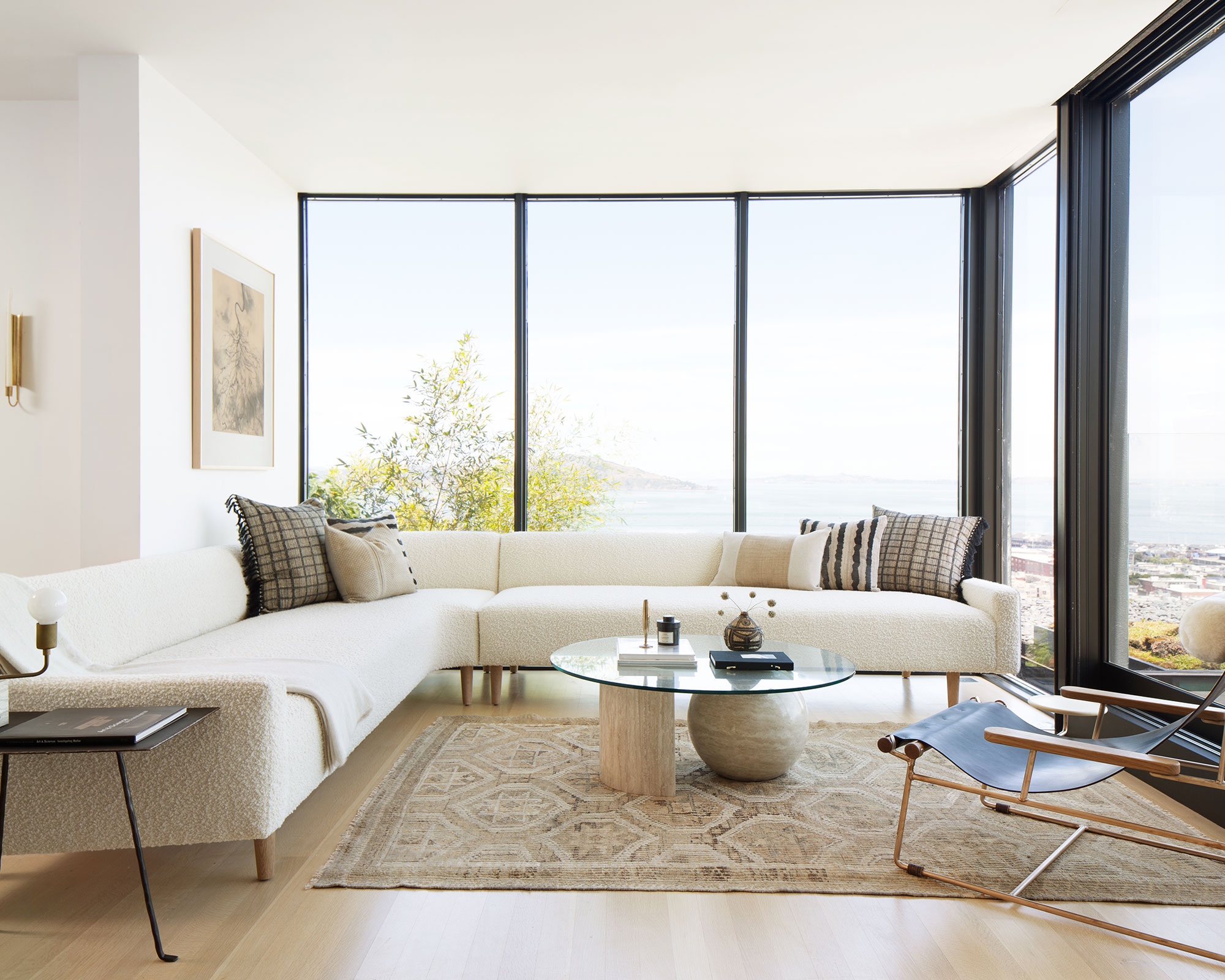
Rarely will you see an abundance of clutter in a Scandinavian living room. Instead, expect to see clean lines, minimalist living room furniture and a focus on bringing nature indoors.
The majority of Scandi homes are open-plan, joining together the kitchen, living room and dining room to create the heart of the household whilst also giving a sense of space. Open-plan living room layouts also encourage us to reduce clutter and keep only special, curated items on display. Opt for fitted furniture ideas to streamline the interiors and maximize living room storage.
2. Introduce functional furniture
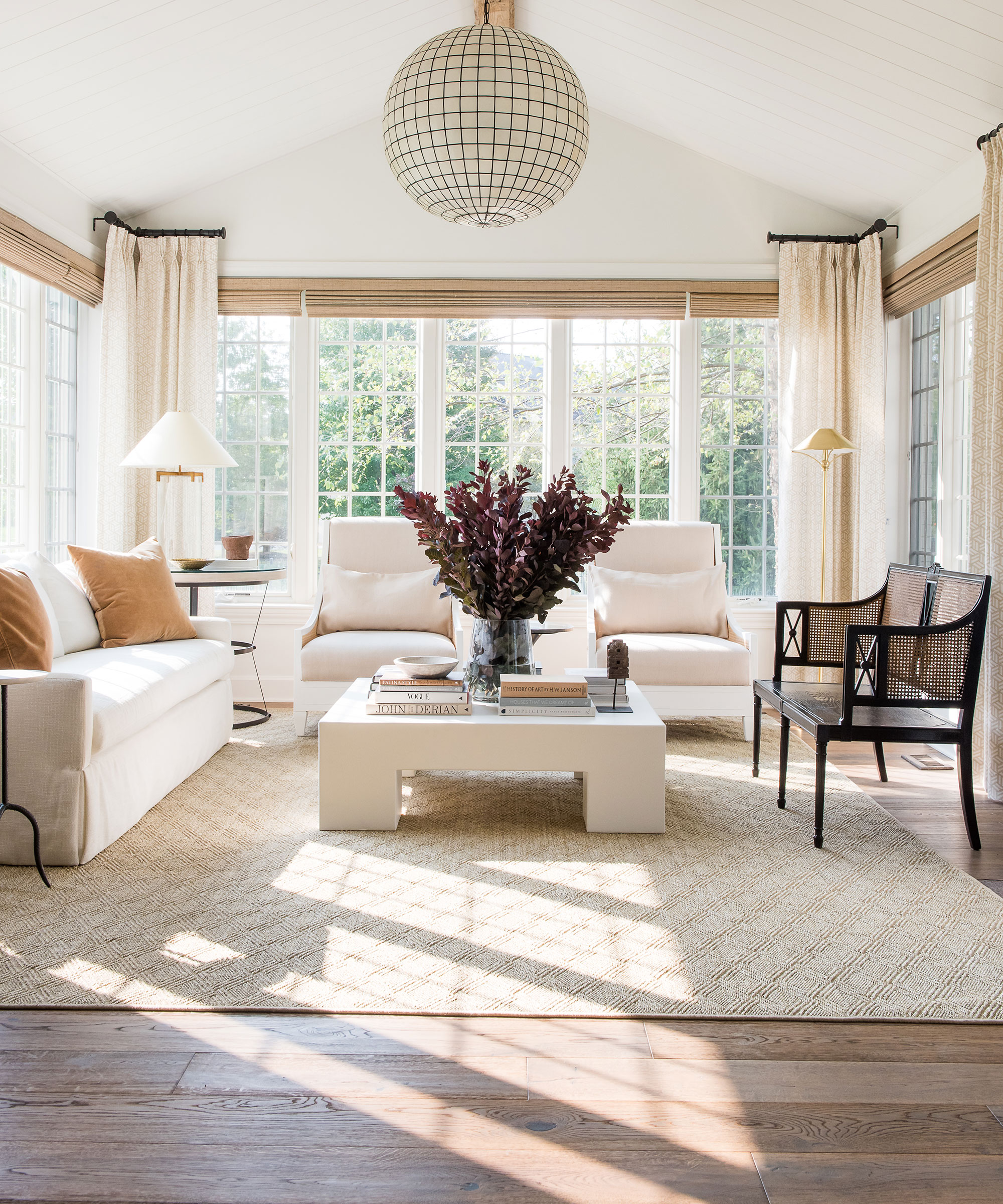
The main purpose of Scandinavian living room design is to improve daily life. Furniture is therefore not only about stylish elegance, but also about functionality – it should serve a purpose and stand the test of time.
Select a few key pieces of furniture in each room that look good but also work hard, paired with a few carefully chosen accessories, fittings or soft furnishings to tie the room together.
For a living room, for example, a comfortable sofa and chair, simple floor lamp, a mirror or artwork, a few large carefully placed houseplants, a woven rug, and accent cushions works well. Remember to only make space for items and furnishings that you truly love.
3. Curate a neutral living room color scheme

A good starting point is a neutral backdrop and the easiest way to achieve this is with stark white living room walls. The clean, blank canvas is a timeless and easy-on-the-eye choice – plus, you can decide to change the look of the room by switching up the accessories, soft furnishings and artwork.
If you like color and pattern, add a few accent color ideas, rather than going overboard or creating color-coordinated room. For example, pair a patterned cushion or rug with a grey sofa or footstool, or decorate just one feature wall with intricate, hand-painted wallpaper or art.
4. Put the focus on flooring
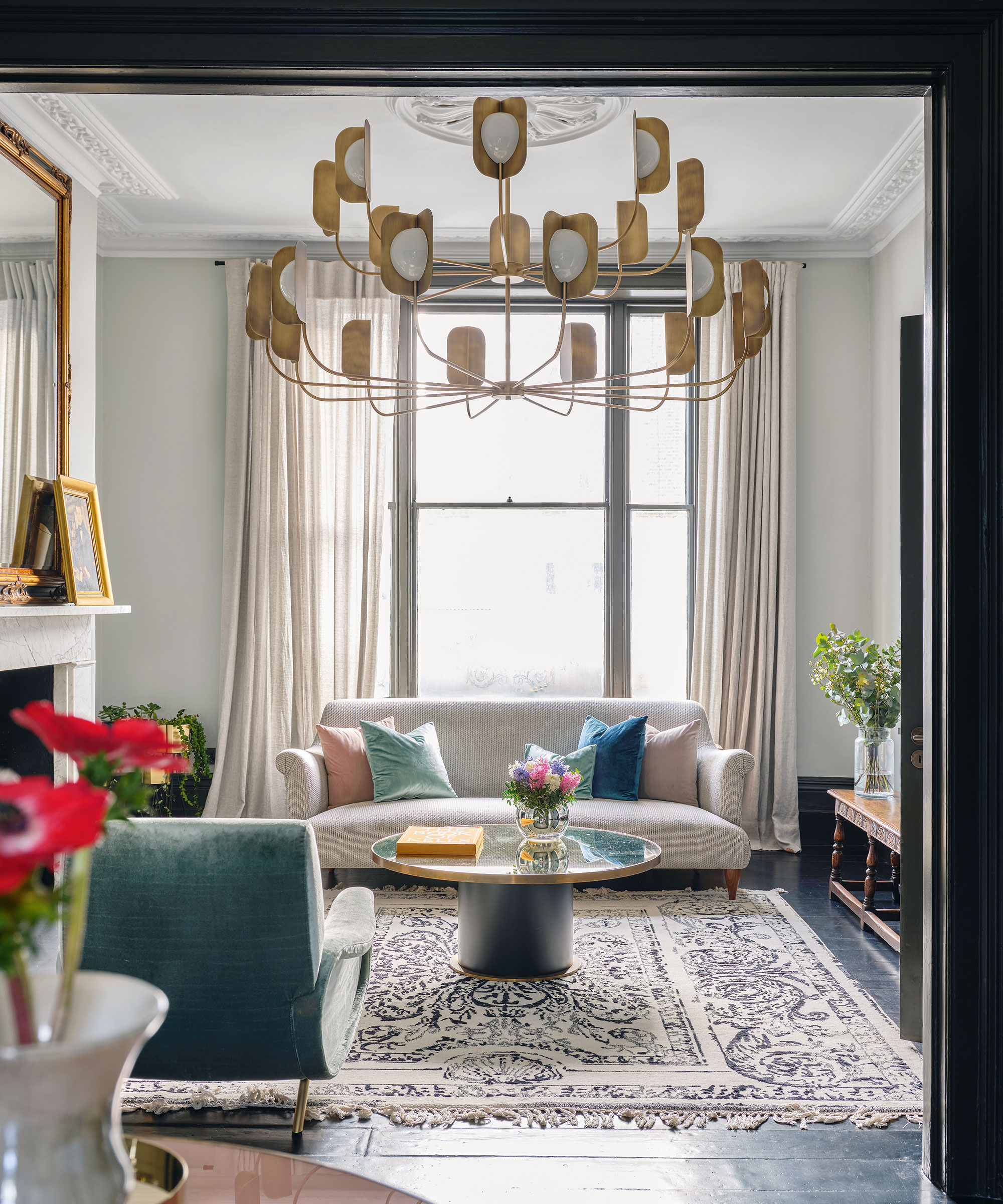
Unlike many homes in the Northern Hemisphere, fitted carpets are rarely seen in Scandinavian homes, where wooden floors are often favored.
Pale-colored woods such as pine or birch help to reflect light. You can also paint floorboards white, as this will make the space look bigger than it is. Wooden floors also help draw attention to the interior quality of a room’s architecture and furnishings.
Rugs are a big feature in Scandinavian design; especially in combination with wooden flooring and usually in specific areas such as under a table, in the main living space or in a corridor. A living room rug will also add a splash of color and texture to a room; wool and cotton are the go-to materials, although the design and colors are up to you.
5. Let the light in
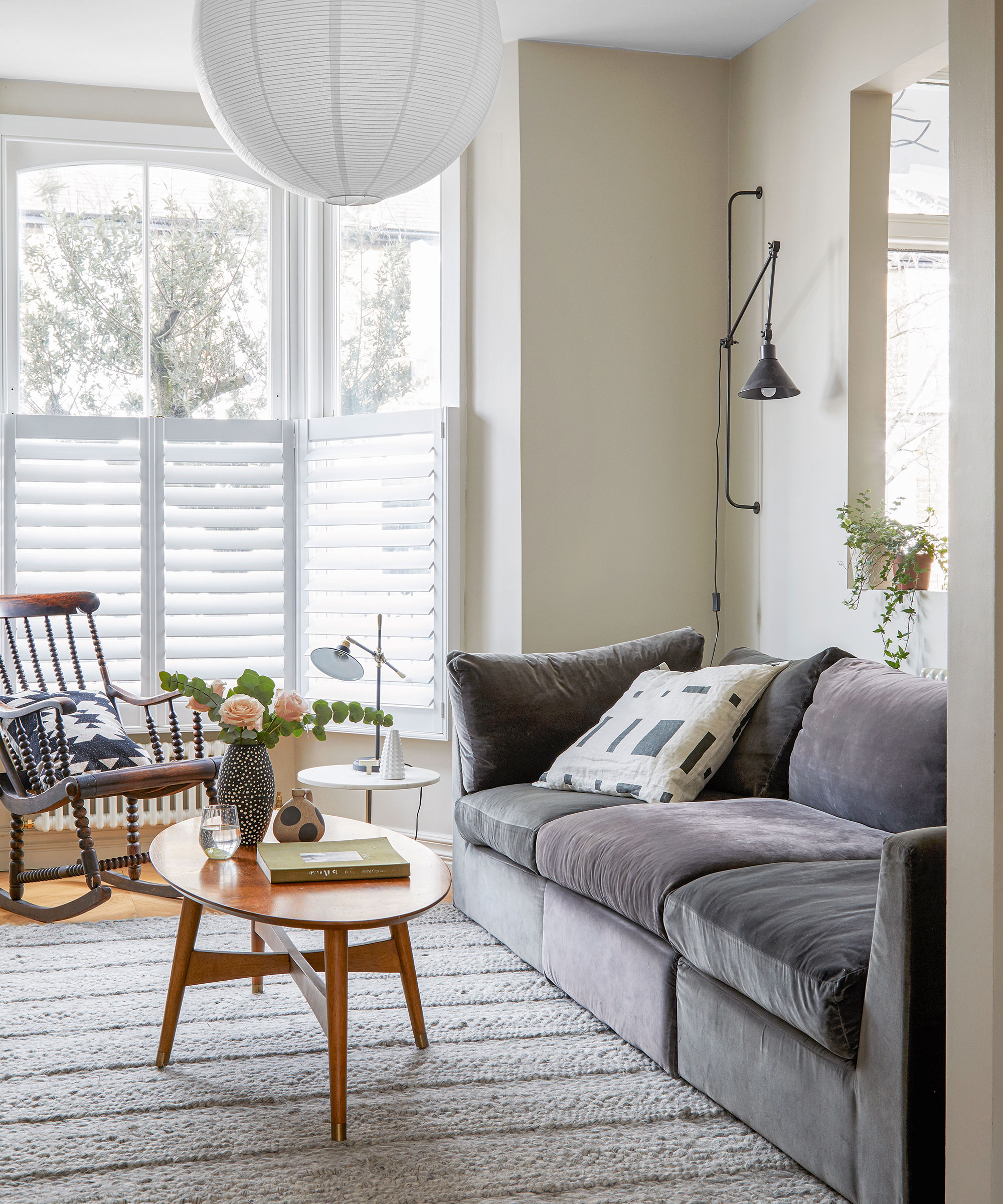
Getting your living room lighting ideas right of the utmost importance to making a Scandinavian-style living room feel welcoming, relaxing and atmospheric from day into night.
Lighting is one of the most versatile design tools that can be used to enhance your living room, so aim to flood your home with as much as possible.
'Keep window decoration to a minimum to allow light in,' says lifestyle expert at Contura, Catharina Björkman. 'Window treatments should consist of either shutters, linen or sheer fabric curtains.'
Similarly, it’s common to see well-thought-out pendant lights and lamps, rather than overhead lighting or a single central light source. A beautiful combination of floor and table lamps will provide a a softer alternative to harsh spotlights.'
6. Use raw materials found in nature
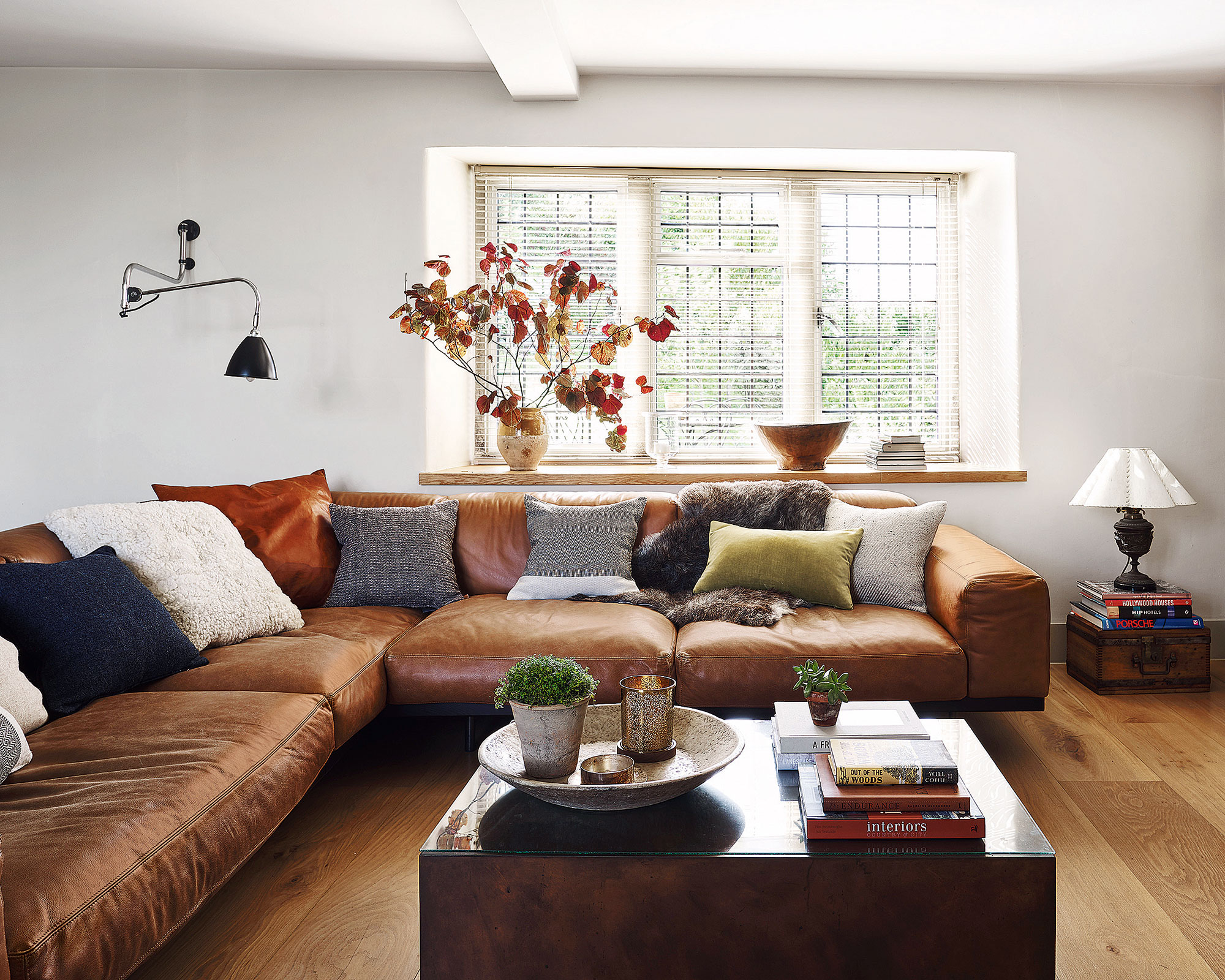
Nature’s own materials, such as wood, leather, wicker and cotton, all play a huge role in an authentic Scandinavian living room. There is a strong relationship between design elements and nature, driven by the many Nordic forests and abundance of outdoor space. Bringing natural materials into the home helps you to continue to feel connected with nature – even once indoors.
Scandinavian design seamlessly blends in various natural materials including stone, wood and linen. All materials should be kept within a similar tone and color range, for example, whites, creams and gray living room ideas. Otherwise, the use of varied materials will clutter the space and make it feel fussy, which is the opposite of what this design scheme is trying to achieve.
7. Show off a display of plants

Displaying houseplants is one of the easiest ways to introduce nature into a Scandinavian living room. Plants also give a home an inexpensive yet instant uplift.
'Now is the perfect time to think about how you can add greenery and plants to your home in creative and interesting ways,' says Catharina Björkman. 'Time spent indoors needn’t be wasted; instead plan your own indoor oasis and consider how plants can enhance the space and improve the overall layout.'
Group house plants together in height order or add hanging plants and ivy to door frames or curtain rails for a unique look. Plus, if you have a small living room, studio or an apartment living room, you can add cacti and more compact plants to shelves for an on-trend look.
8. Bring outdoor colors inside
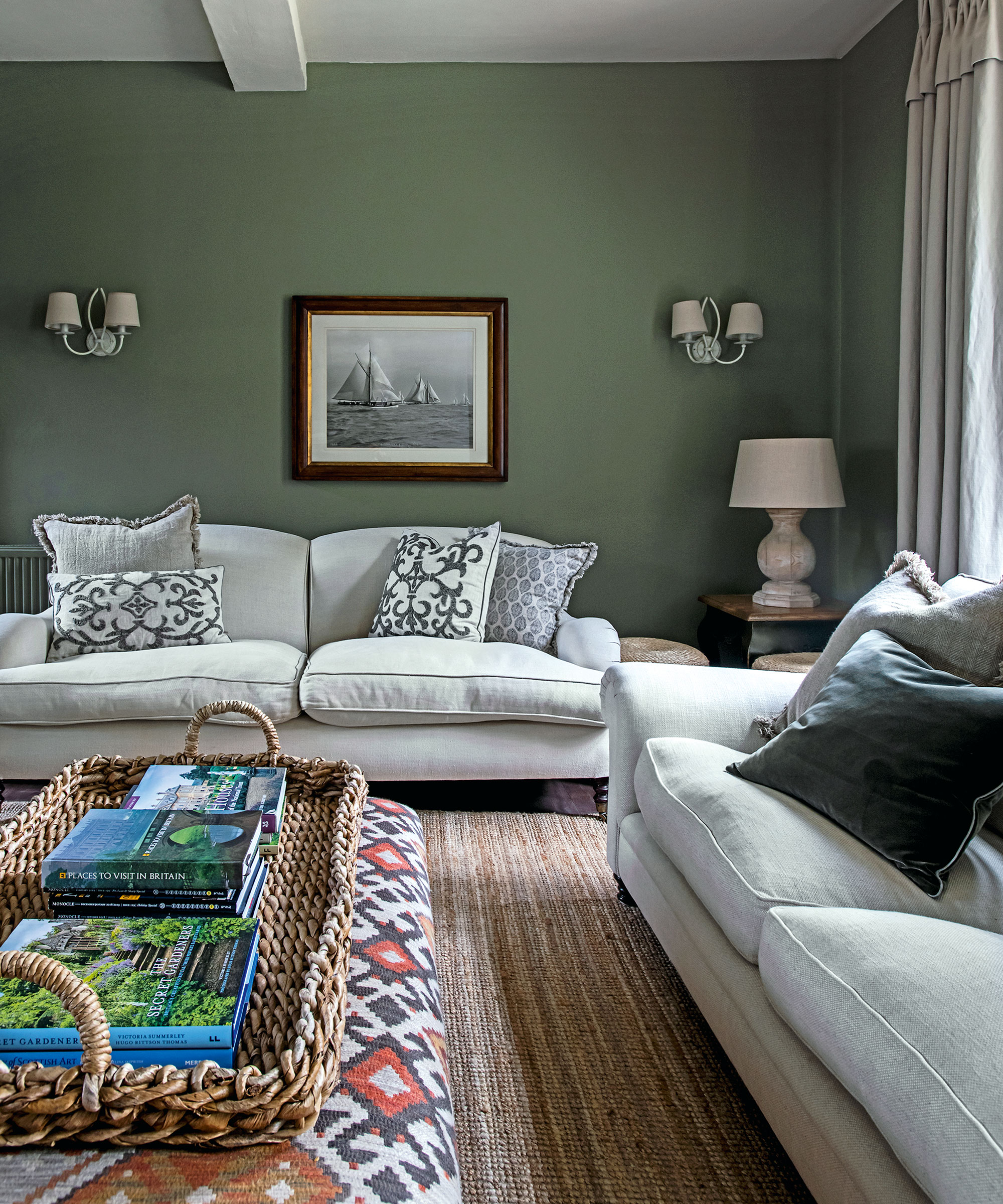
Forgo the stark and clinical all-white look in favor of a scheme inspired by the great outdoors. Embrace a natural color scheme for an understated, calming look. This can apply to the wall and floor colors, curtains and living room seating.
Use green to evoke the earth, grass and plants, blue for the sky and ocean, and yellow for the sun and flowers. Neutral tones such as brown, cream and beige living rooms will all make your interiors feel more natural, clean and fresh.
Finally, avoid cold, man-made materials and embrace wood, cork and bamboo for flooring. These feel warmer underfoot and are a more natural, organic choice.
9. Add natural elements through furnishings
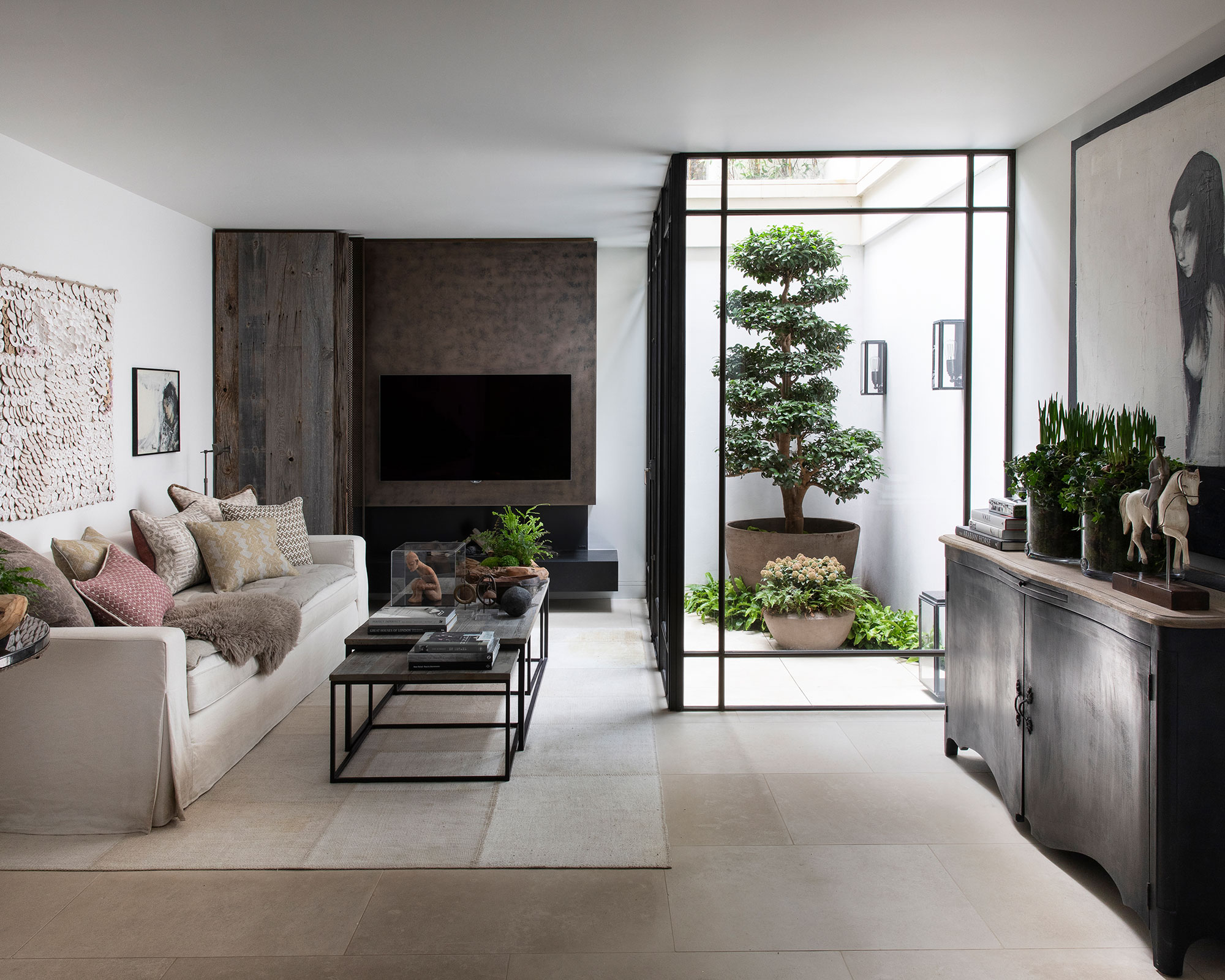
Bringing nature indoors doesn’t only apply to plants. Use materials normally found outdoors and make them a part of your home’s interior décor. Wood, wicker, rattan and stone all work well to bring an outdoor theme inside.
Introduce natural elements throughout the décor; seashells, jars of sand and bunches of branches can all make interesting focal points. Imitate nature by adding outdoor cues such as woody incense and fresh flowers for a floral smell. The same feeling of being relaxed and free in nature can be brought into your home by stimulating the senses.
10. Factor in functional storage that can be hidden away
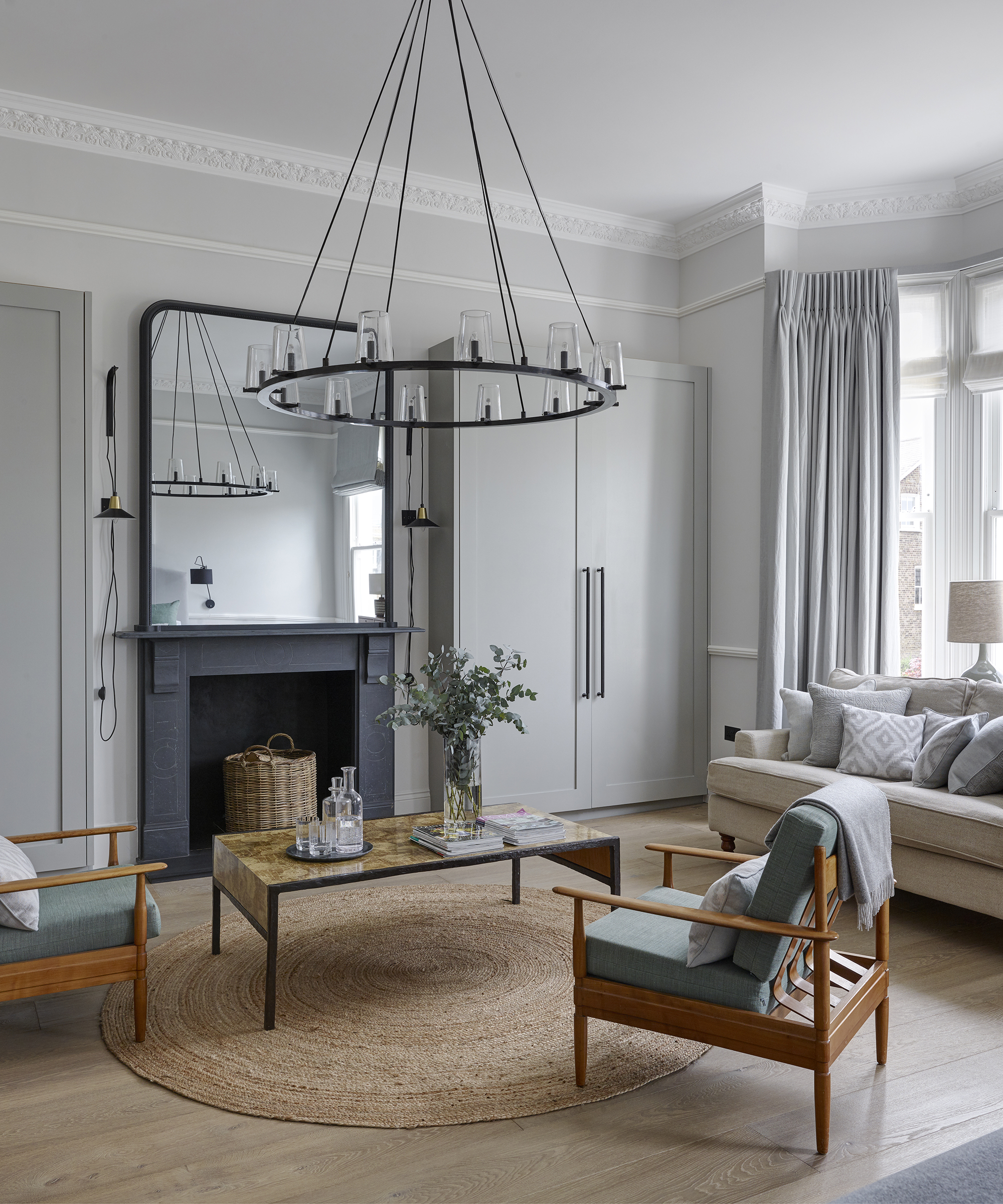
Scandinavian interior design is about functionality, so do consider bespoke, built-in furniture, clever storage solutions and slimline seating to maximize every inch of space.
An ideal solution could also be hidden shelving or ‘pull out’ cabinet, which does not encroach on living space – and can be opened and closed away as required. Not only will this ensure an orderly, calm area, but less fuss also means you’ll be more able to relax and unwind.
11. Less is more

When it comes to creating a Scandinavian living room, restrict the palette and take care not to overfill the space advises Genna Margolis from Shapeside Design.
'The best way to create a Scandinavian look while brightening up your living room is to use a cool color scheme (whites, gray, light woods, silvery/ blue tones) and to remember less is more,' says the Los Angeles-based interior designer.
'You don’t want furniture that is going to fill the entire space. You want pieces that that still leave a lot of room so size of pieces should be a little bit smaller than usual to get the look.'
Finally, consider limiting wall decor to a single statement piece and hanging it on a single wall. 'You want to have decor on the wall without over covering the wall space,' adds Margolis.
12. Embrace texture
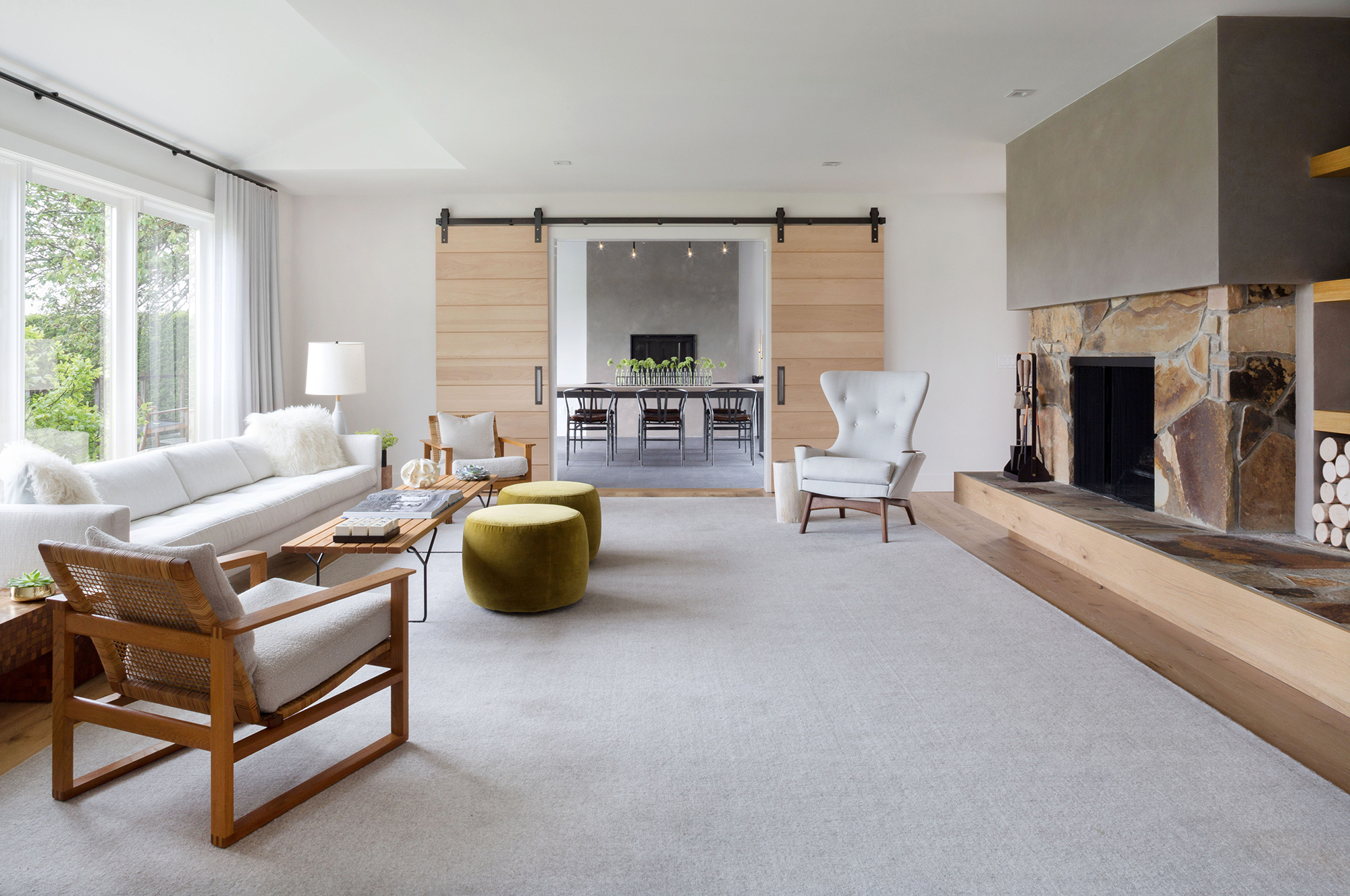
Muted living room color schemes of whites, greys and warm neutrals are a hallmark of Scandi style. When decorating in white or neutrals it's important to layer up the textures within the space to prevent them feeling cool and clinical.
'The Scandinavian aesthetic is all about light colors, blonde woods, and rich textures.' says interior designer Allison Babcock. 'The focus is on texture rather than color or pattern, so think vintage Scandinavian design with sheepskins, boucle fabrics, and caramel-colored leather,'
In this space by Allison Babcock, wood, stone and concrete are offset by velvet upholstery and shaggy sheepskin to create a cozy, texture-rich space. Shapely furniture and mid-century seating provide sculptural interest in place of art and wall décor.
13. Add wood paneling

Wood is a key element of the Scandinavian interior, which is used for floors, furniture and walls. Light woods such as ash, beech and pine are popular, as they bring warmth and texture while keeping rooms feeling light and airy.
Adding living room paneling in a light wood finish is guaranteed to bring a Scandinavian feel. Comprising narrow strips of timber with an oak veneer, these easy-to-install slatwall panels from Naturewall can be fitted vertically or horizontally to create a sleek, contemporary yet calming backdrop.
'Layering natural influences and earthy tones creates a sense of calm and a timeless aesthetic,' says Olivia Crosher, interior designer at Naturewall. 'Living rooms are one of the predominant areas of the home, so it's important that we feel comforted and content in these spaces. Bringing the outside in through organic textures will inject warmth and help improve wellbeing.'
14. Team dark walls with blonde wood
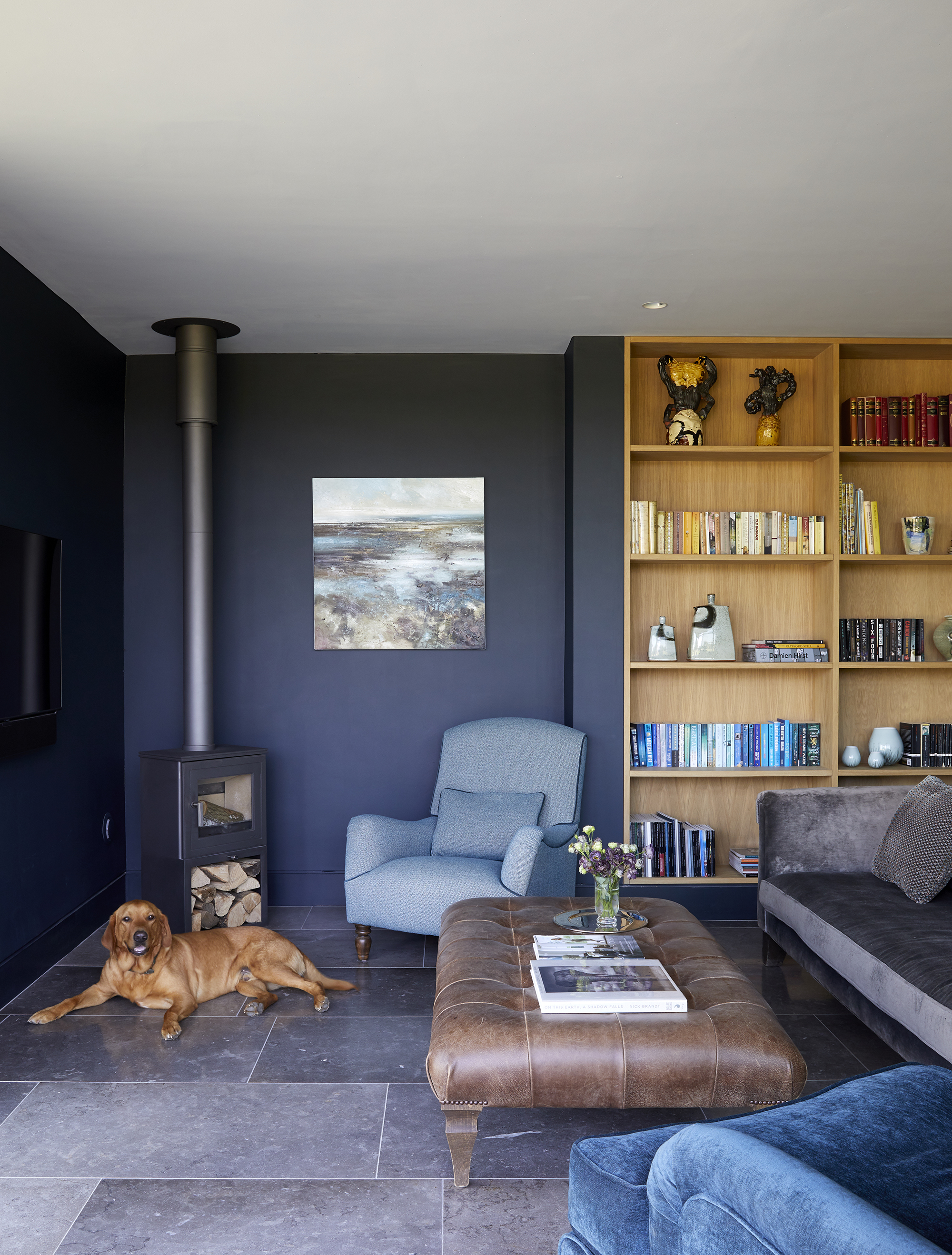
Receiving minimal hours of daylight in the winter months, Scandinavian homes are often kept as light as possible with walls in whites and neutrals, however dark living room ideas can still have a beautiful Scandi feel, especially when tempered with a blonde wood bookshelf idea, as demonstrated in this scheme.
'We wanted a natural palette but with guts, hence the use of stronger hues like this deep inky blue,' says design and project consultant Marnie Hopkins of the family room in her minimalist barn-conversion.
15. Play with contrasts
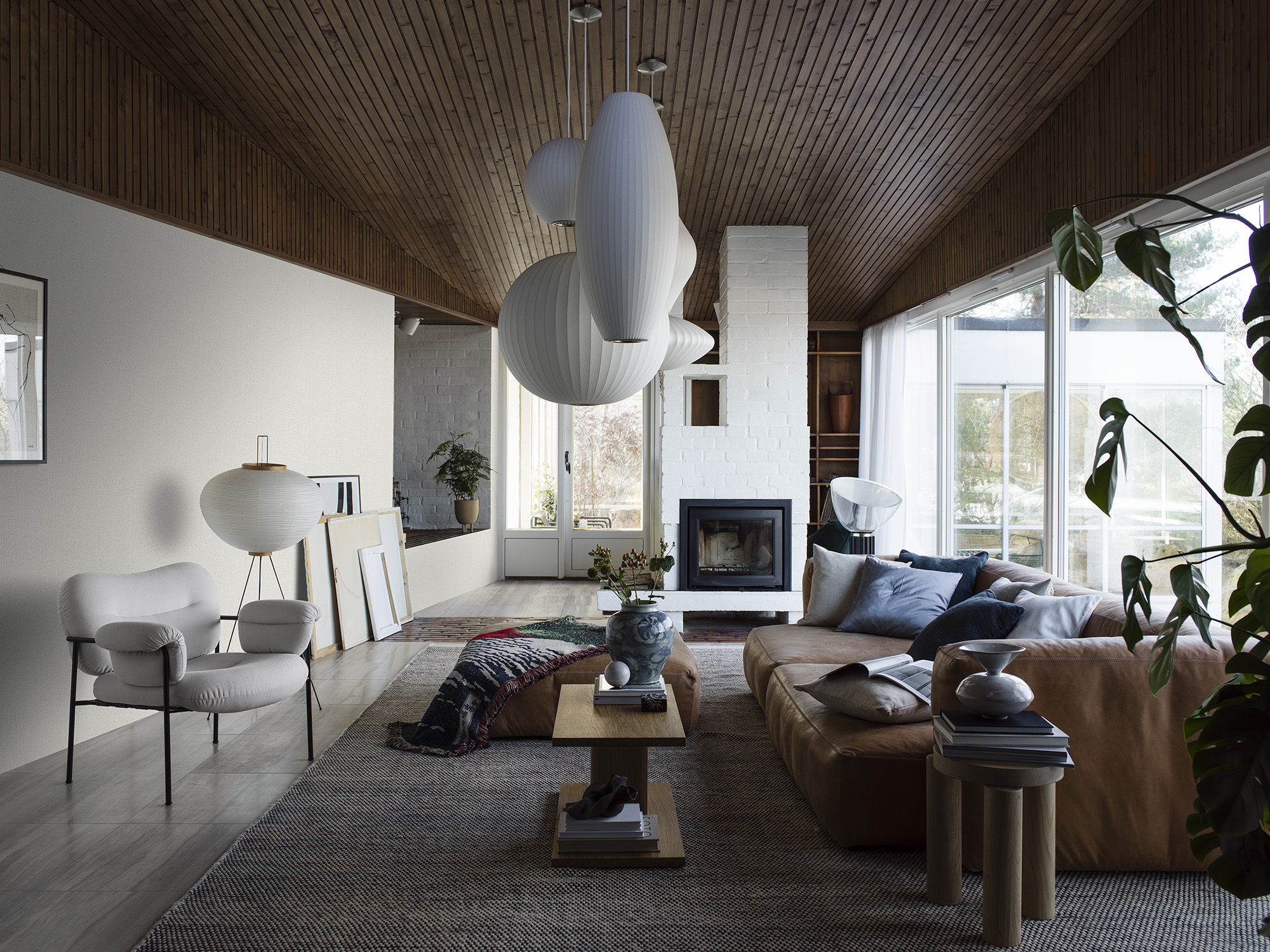
If you're looking to create a light living room with a Scandinavian feel then white makes a good base, but be sure to pair it with contrasting tones and textures advises Sissa Sundling, head of design at Swedish wallpaper brand Boråstapeter.
'To maximize light in a living room, it is all about using contrasting tones to strengthen the light feeling. In this space, if everything was white, it would be hard to read the whole room, it would appear smaller and darker.'
By having the chimney and wallpaper in white, but with the introduction of dark wood panels and a brown sofa, 'the eyes sweep over the hole room, from light to dark, to light, to dark,' says Sissa Sundling.
Further texture is brought into the space through the use of wallpaper, explains Sundling. 'The Vivalla design is an original wallpaper we found in our archive from the 1960s. It has a textile look with a light, warm gray tone, and was enormously popular at the time. The house in this picture is also from the sixties, so the wallpaper if a perfect match to the architecture.'
How do you style a Scandinavian living room?
Scandinavian living rooms are easy to style because their palette of neutrals and monotones is so easy to build around. The best way to style a Scandinavian living room is to add in texture and layering to create a feeling of luxury. You can do this by adding natural materials, such as sisal rugs, wicker basketwork and richly grained wood, and by adding in chunky throws, faux fur and linen, all in suitably muted shades.
Sign up to the Homes & Gardens newsletter
Design expertise in your inbox – from inspiring decorating ideas and beautiful celebrity homes to practical gardening advice and shopping round-ups.

Jennifer is the Digital Editor at Homes & Gardens. Having worked in the interiors industry for several years in both the US and UK, spanning many publications, she now hones her digital prowess on the 'best interiors website' in the world. Multi-skilled, Jennifer has worked in PR and marketing and occasionally dabbles in the social media, commercial, and the e-commerce space. Over the years, she has written about every area of the home, from compiling houses designed by some of the best interior designers in the world to sourcing celebrity homes, reviewing appliances, and even writing a few news stories or two.
- Pippa BlenkinsopContributor
-
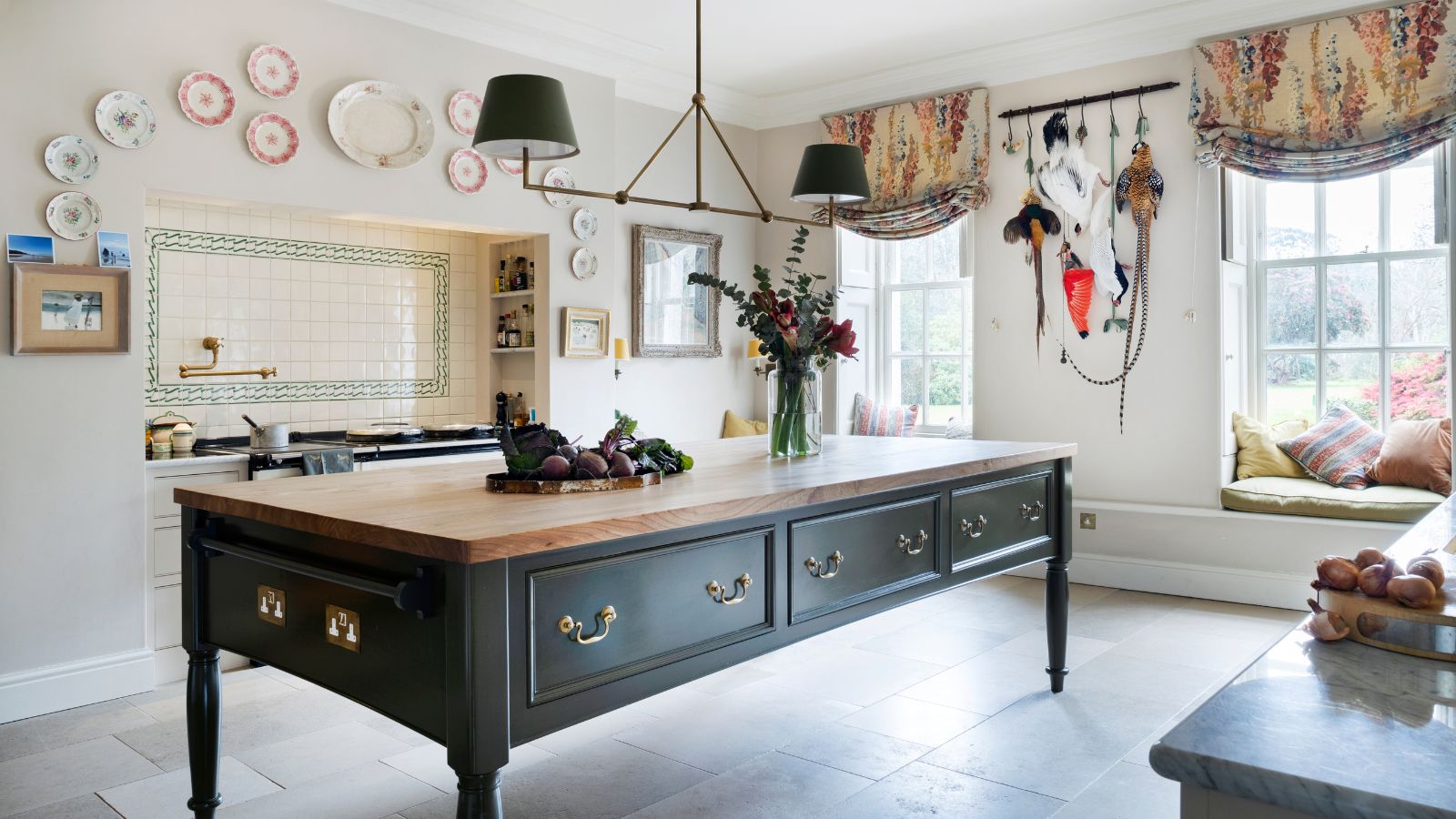 Step inside this British stately kitchen that's steeped in country charm – a kitchen built for now, with the soul of another era
Step inside this British stately kitchen that's steeped in country charm – a kitchen built for now, with the soul of another eraBritish kitchen designers Guild Anderson reimagined the layout of this characterful kitchen, crafting a bespoke kitchen design that honours the heritage and enduring charm of this historic Cornish home
By Caroline Moratti
-
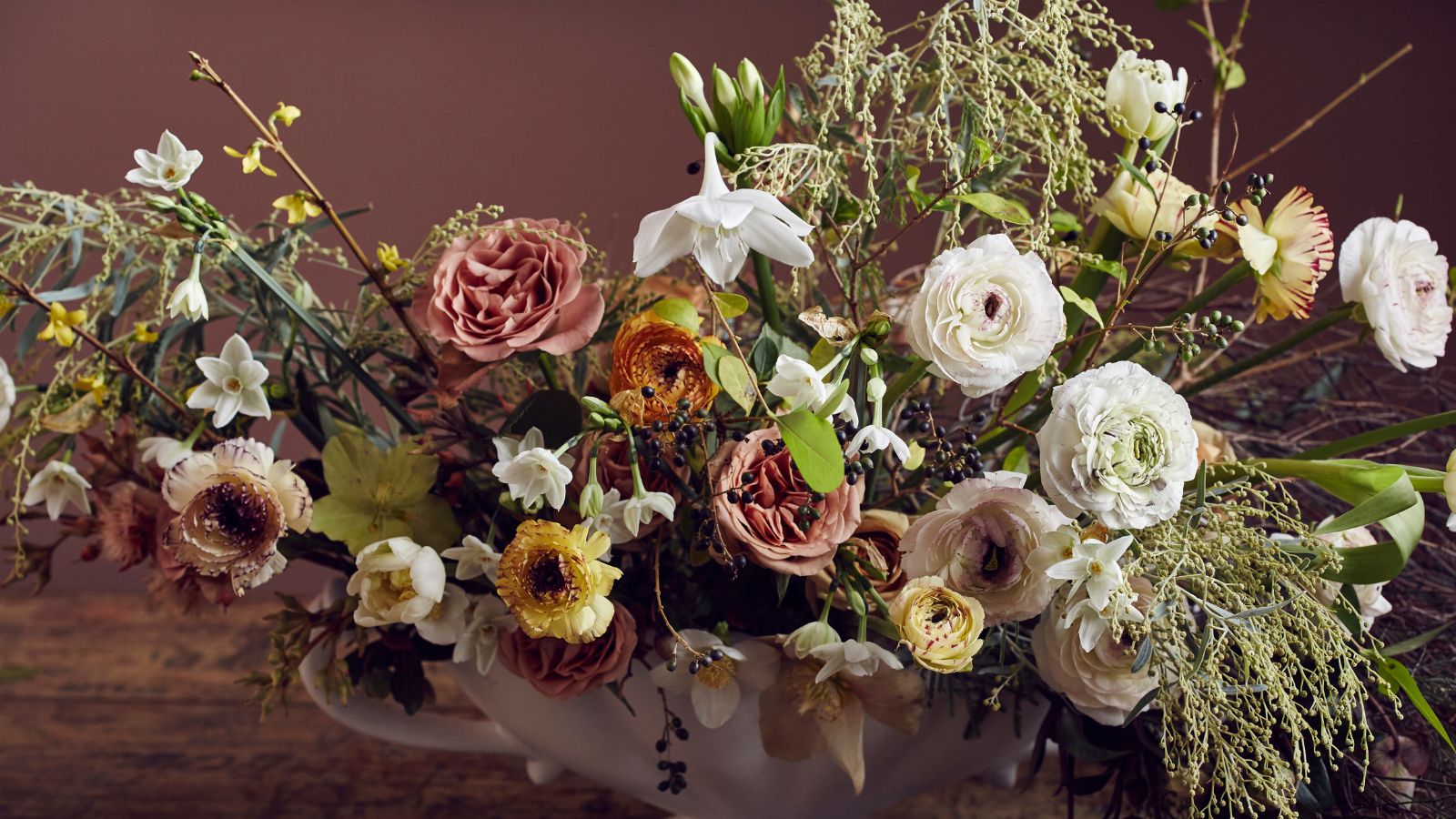 How to arrange flowers like a professional – these 5 rules are all you need according to floral experts
How to arrange flowers like a professional – these 5 rules are all you need according to floral expertsWe asked floral experts for their advice on arranging flowers, whatever the season – create stunning floral displays all year round with these rules
By Katrina Harper-Lewis